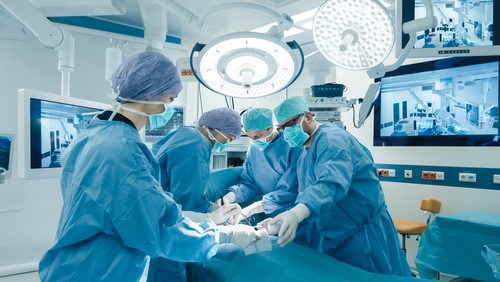In my previous blog, I highlighted the importance of adopting an incremental approach to replacing a Hospital Information Systems (HIS). Continuing the focus on HIS, my next installment discusses the important considerations if you are planning to add a new Operating Theatre module or upgrading an existing one.
One of the critical components of any hospital and consequently a HIS is the Operating Theatre. It is a major capital investment for a hospital but also a huge driver of revenue and profit. Given this, the design of the Operating Theatre module takes on special significance.
The three critical components of an Operating Theatre module are –
- Scheduling – The purpose is to maintain an active, real-time schedule of the OT, the equipment required, and the personnel required for a given type of surgical procedure.
- Billing – Being able to produce an accurate, itemized bill that includes charges for the OT usage, any special equipment, personnel charges including the surgeon and anesthetist.
- Reporting – Real time dashboards of theatre, equipment, and personnel utilization; other operating and quality metrics; and revenue reporting.
Properly architecting, designing and developing the OT module to address the above can bear significant benefits, both tangible and intangible, to a hospital, including –
- Improved scheduling efficiency and Increased OT utilization
- Fewer cancellations and requests to reschedule
- Improved OT equipment utilization
- Improved surgeons and anesthetist utilization and productivity
- Streamlined billing, reduced revenue leakage, and customer disputes
- A single source of real-time information for hospital staff and doctors
Let me know your thoughts. If you are dealing with OT challenges or are contemplating an upgrade to your current system or are just interested in validating your approach, feel free to reach out

